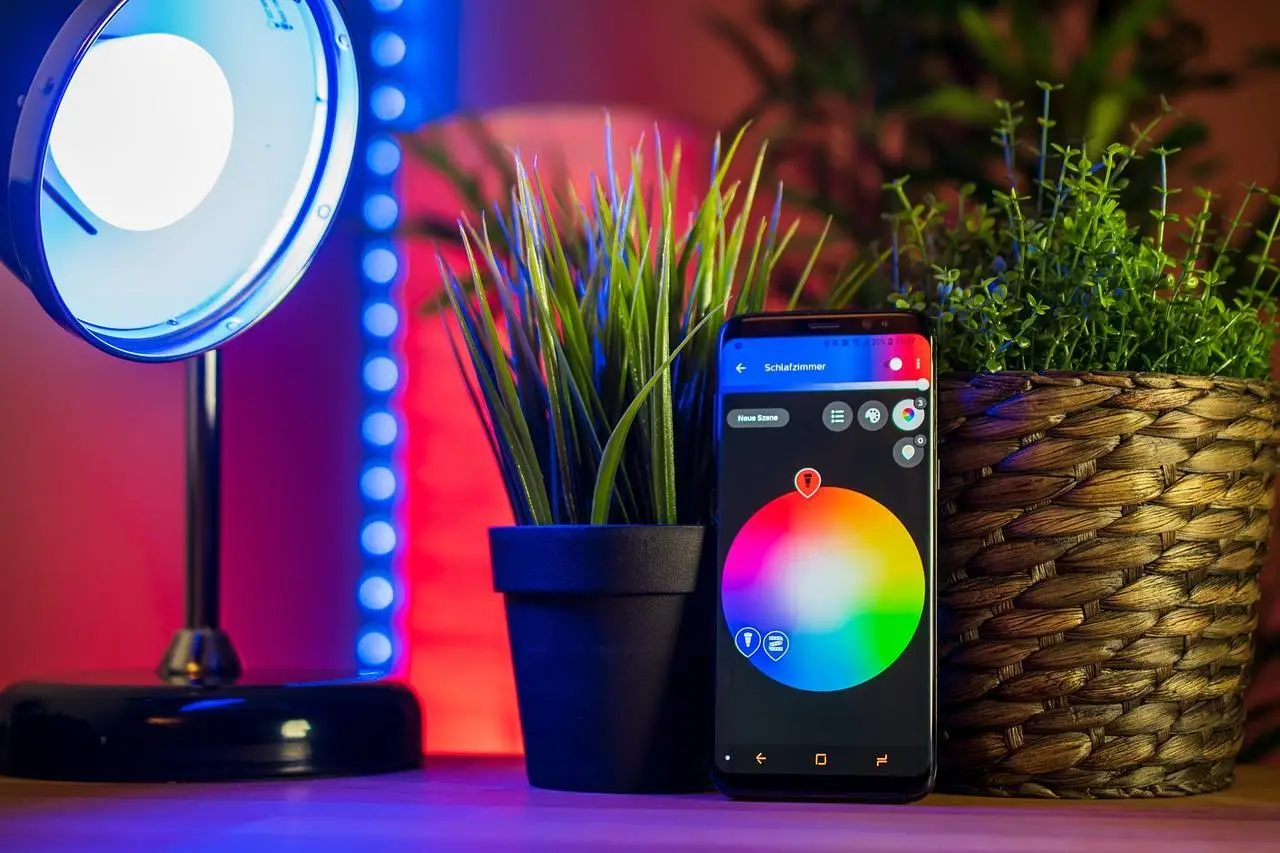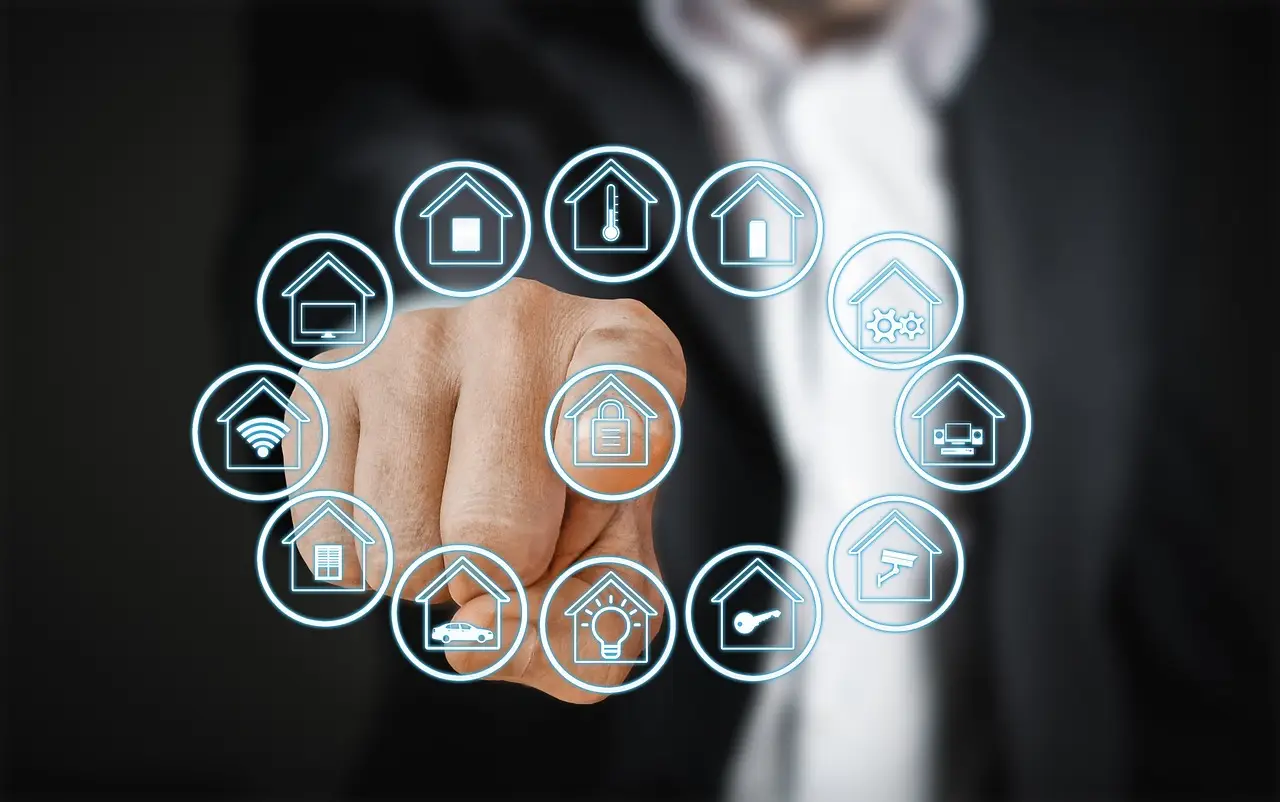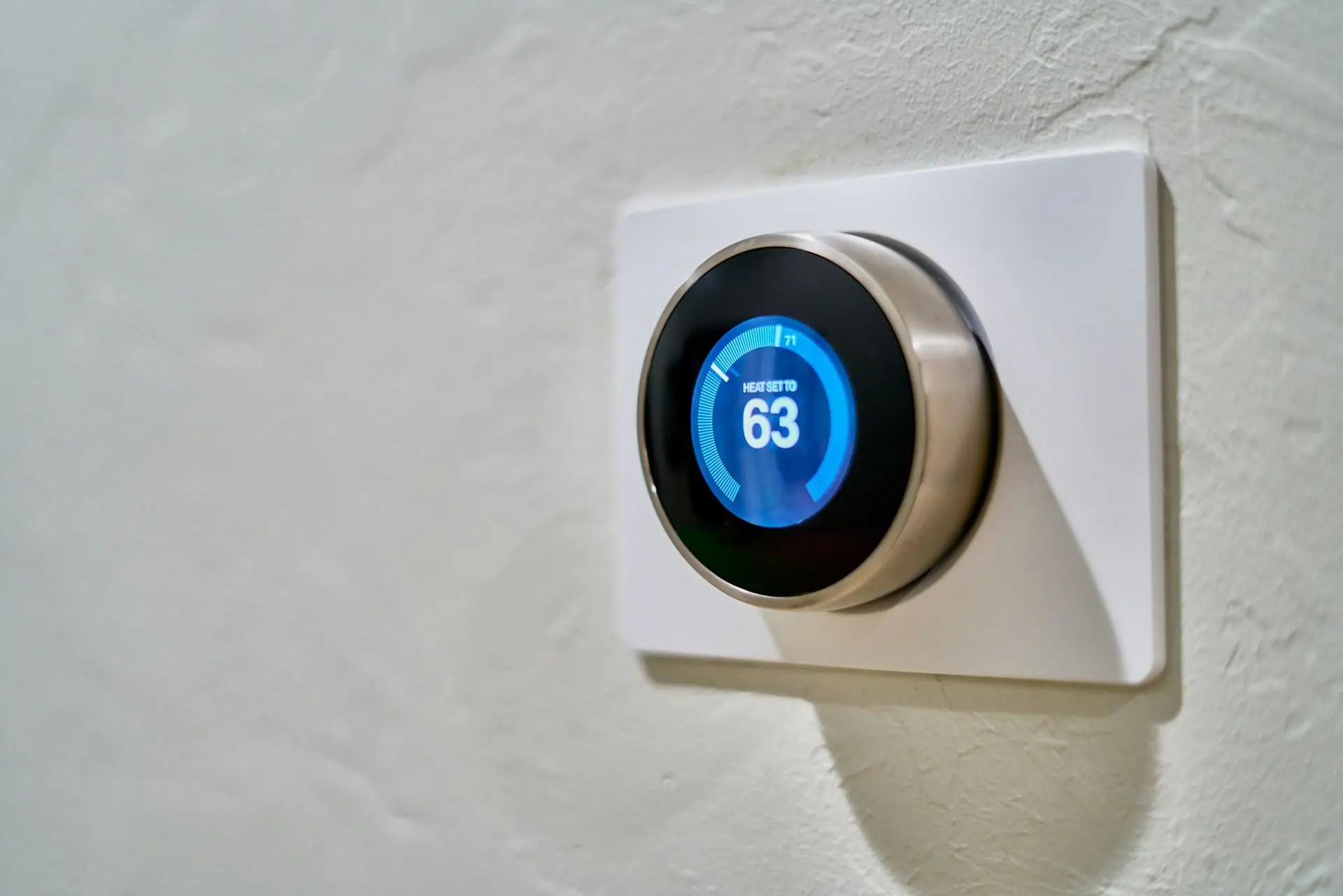Integrating Smart Lighting Systems: What You Need to Know About Smart Technology
Illuminating the Future: Smart Lighting Systems Defined
Smart lighting systems are innovative solutions that provide enhanced control, convenience, and energy efficiency in lighting. These systems utilize smart technology, allowing users to adjust lighting from their smartphones, tablets, or voice-controlled devices. The integration of smart lighting in modern settings, such as homes, offices, and urban environments, is becoming increasingly vital as consumers look for ways to enhance comfort and utility while reducing energy consumption.
The purpose of this article is to guide readers through the essential aspects of integrating smart lighting systems, highlighting their benefits, key considerations for successful implementation, and the future of this transformative technology.
I. The Foundations of Smart Lighting Systems
A. What are Smart Lighting Systems?
At their core, smart lighting systems are comprised of energy-efficient LED bulbs, adaptive fixtures, and various components for control and automation. These systems not only offer adjustable brightness but also the capability to change colors, set schedules, and create unique lighting environments according to user preferences.
Components of Smart Lighting:
- Smart Bulbs: Energy-efficient LED lights equipped with wireless capabilities.
- Sensors: Devices that detect motion or ambient light levels to adjust lighting accordingly.
- Controllers: Interfaces such as smartphones or home assistants that allow users to manage their lighting systems remotely.
B. How Smart Lighting Works
Integration relies on wireless connectivity methods such as Wi-Fi, Zigbee, or Z-Wave protocols. These technologies enable smart devices to communicate seamlessly. Apps on smartphones or tablets act as the command center, allowing users to control their lighting systems from virtually anywhere.
II. The Advantages of Integrating Smart Lighting
A. Energy Efficiency at Its Best
Smart lighting effectively reduces energy consumption by allowing users to automate lighting schedules and use lower brightness levels when areas are unoccupied. This capability extends beyond mere convenience, significantly lowering electricity bills over time.
B. Enhancing Convenience
With smart technology, remote control is available through specialized apps, letting users manage their lighting from afar. Automated routines can be established, adjusting lights based on time or specific conditions, thereby improving daily routines.
C. Creating the Ideal Ambiance
Smart lighting allows for adjustable brightness and color settings to enhance mood and productivity. When integrated with other smart home systems, like thermostats or speakers, users experience a synchronized and personalized home environment.
D. Prioritizing Safety and Security
Incorporating smart lighting offers advanced safety features, including motion sensors that can trigger outside lights or alert users when someone enters their property. These elements contribute to heightened security around homes and businesses.
III. Key Considerations for Effective Integration
A. Assessing Individual Needs
Before diving into smart lighting, it is crucial to assess the specific environment, whether a home, office, or outdoor space. Identifying unique requirements and desired outcomes can guide the selection process.
B. Choosing The Right Technology
Deciding between smart bulbs and smart fixtures is essential, as each has distinct advantages. Furthermore, ensuring compatibility with existing systems is vital for seamless integration.
C. Installation and Setup
Consider whether to set up the system independently or enlist professional assistance. DIY setups can be cost-effective but may require more time, while professionals can ensure optimal performance from the start.
D. Understanding Implementation Costs
Integrating smart technology can incur an initial investment, yet the long-term savings on energy costs often justify the expenditure. Be aware of potential financial incentives or rebates that may ease upfront costs.
IV. Best Practices to Maximize Smart Lighting Benefits
A. Optimizing Energy Savings
Utilizing sensors and timers can significantly increase energy efficiency. Creating well-planned lighting layouts that minimize use in less-frequented areas also contributes to cost savings.
B. Enhancing User Engagement
Customizing lighting scenes for different activities, such as reading or entertaining, can enrich the user experience. Moreover, voice control capabilities make managing lighting even more effortless.
C. Routine Maintenance and Updates
Regularly checking for software updates and security patches is vital to maintaining the functionality of smart systems. Ensuring that bulbs and fixtures remain in good condition prolongs their lifespan and effectiveness.
V. Future Trends in Smart Lighting Technology
A. Innovations in Connectivity and IoT
The expansion of interconnected devices is paving the way for smarter homes. Predictive analytics based on user behavior will further enhance the personalization of lighting environments.
B. Commitment to Sustainability
As eco-friendly solutions gain traction, the use of renewable energy sources in smart lighting systems is anticipated to increase. Smart lighting's integration into urban planning will support the development of sustainable cities.
C. New Features and Advancements
The integration of artificial intelligence (AI) into smart lighting systems is on the horizon, offering features like adaptive lighting that responds to natural light changes throughout the day.
In summary, the integration of smart lighting systems represents a significant advancement in how we manage and experience lighting in our environments. By using smart technology, individuals and businesses can achieve greater energy efficiency, convenience, and security. Embracing these systems not only enhances quality of life but also contributes to a sustainable future. As technology continues to evolve, the possibilities in smart lighting are bound to expand, offering innovative solutions that cater to an increasingly digital world.








